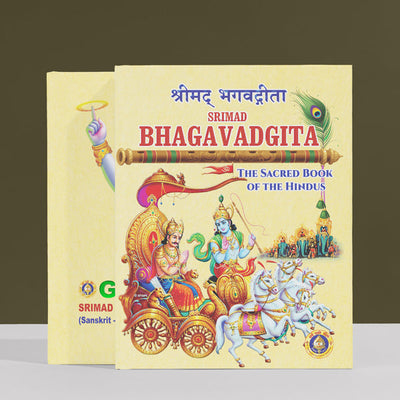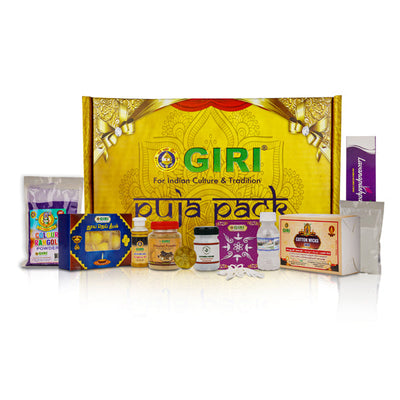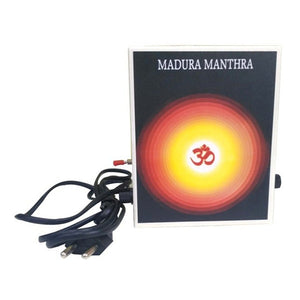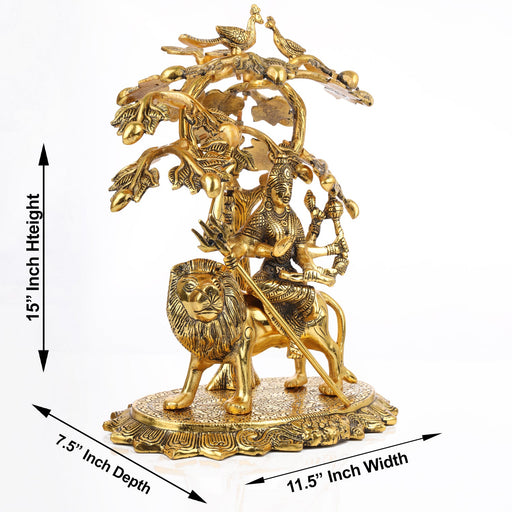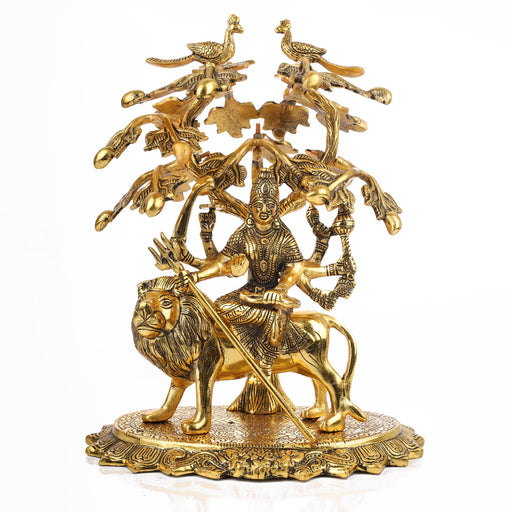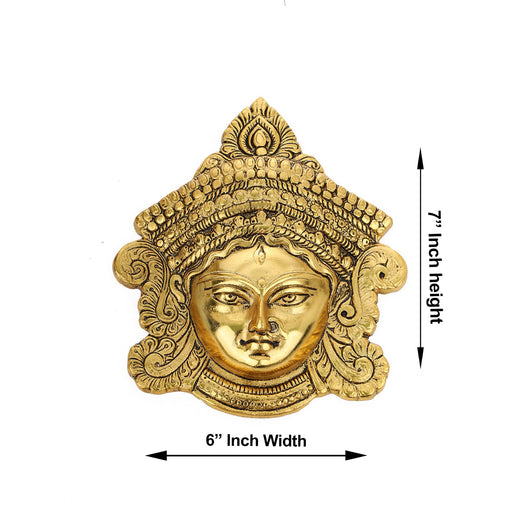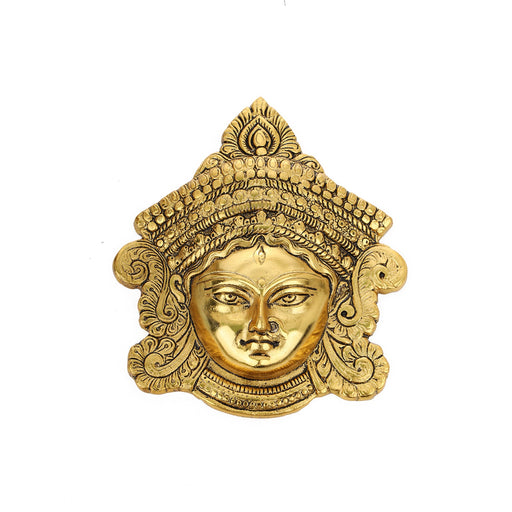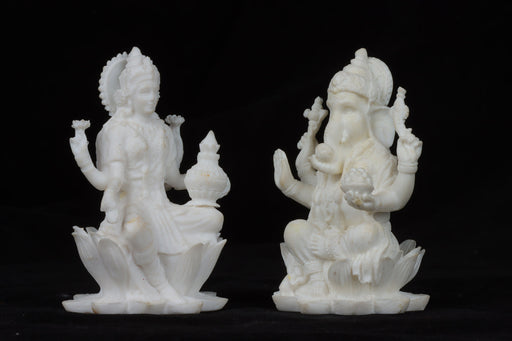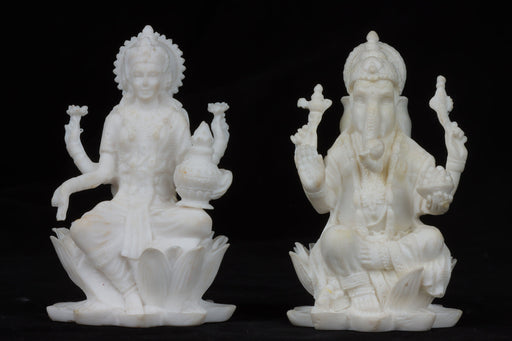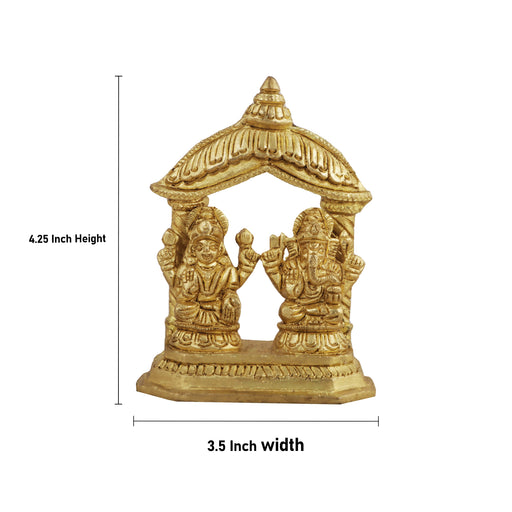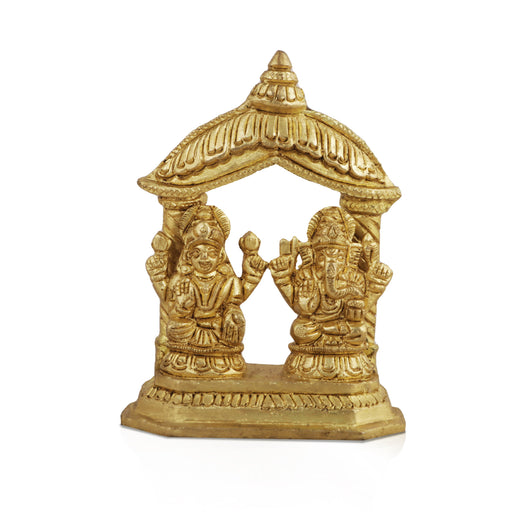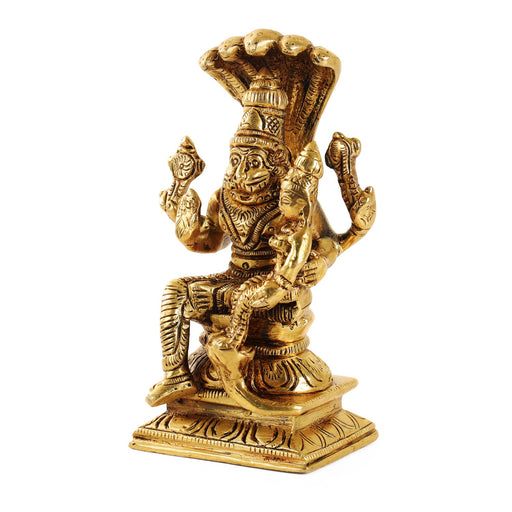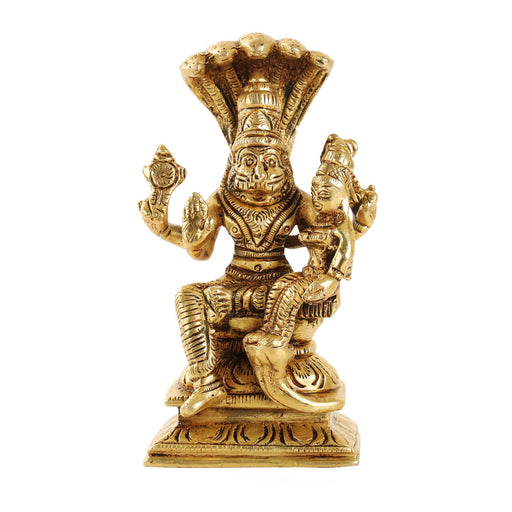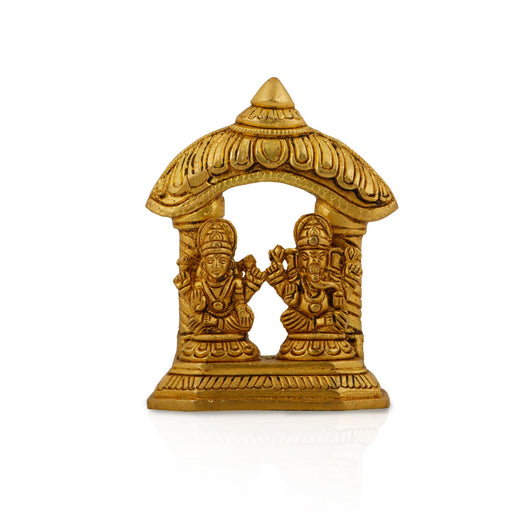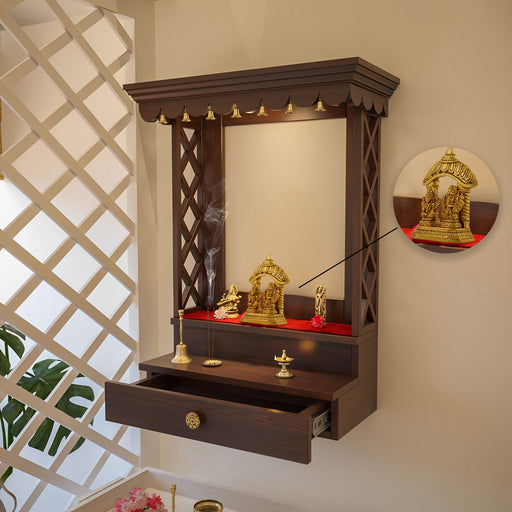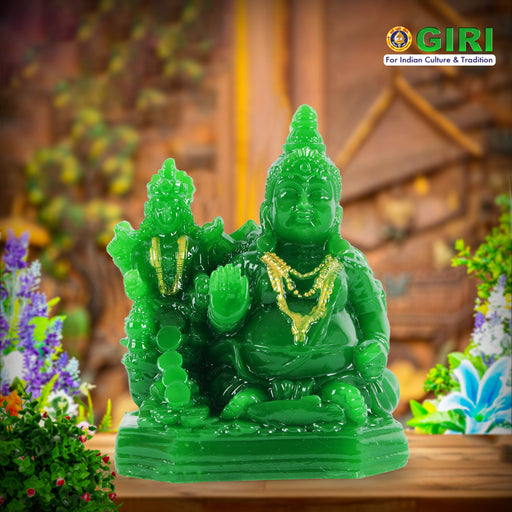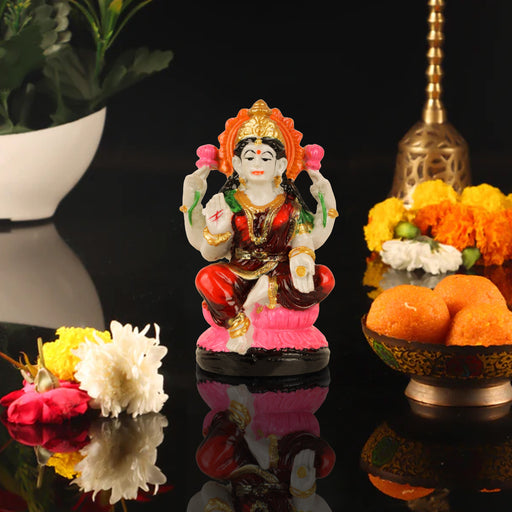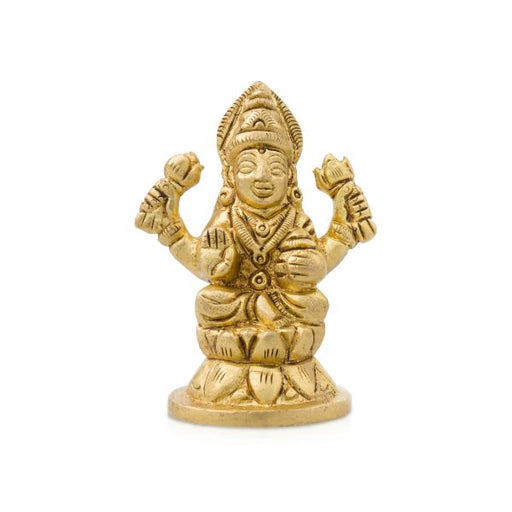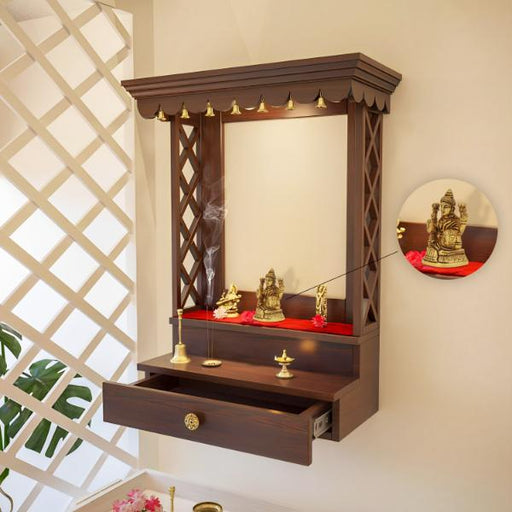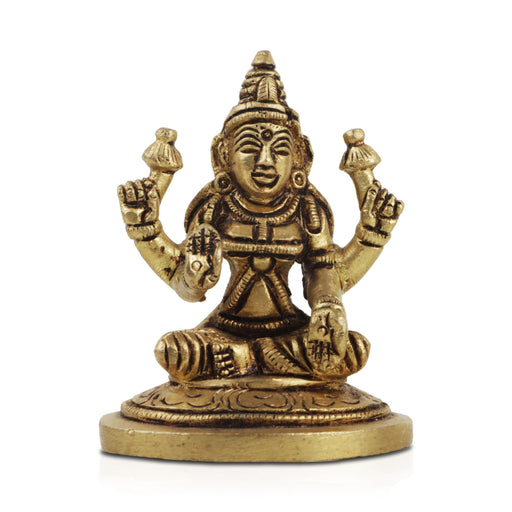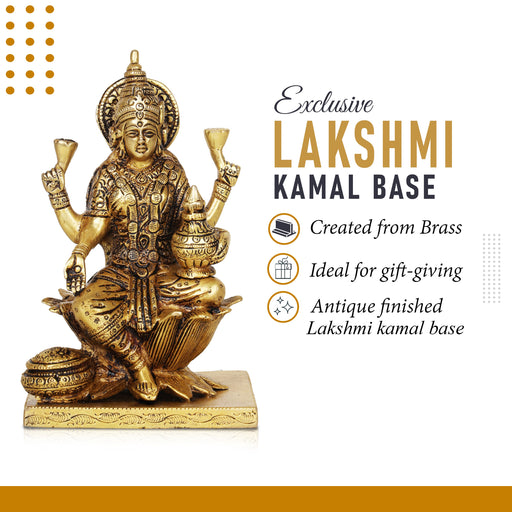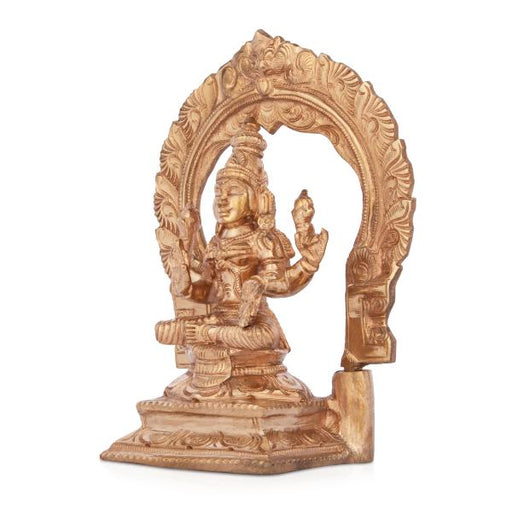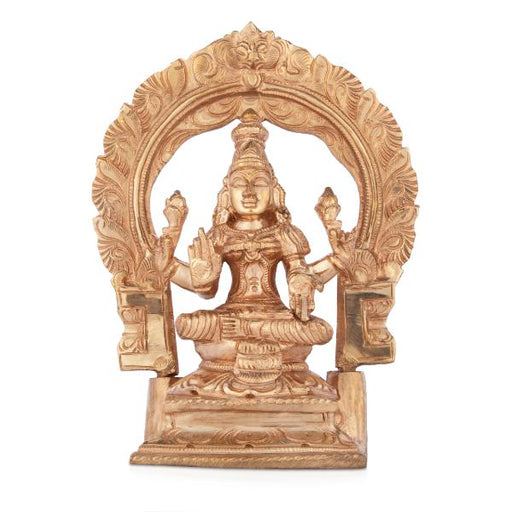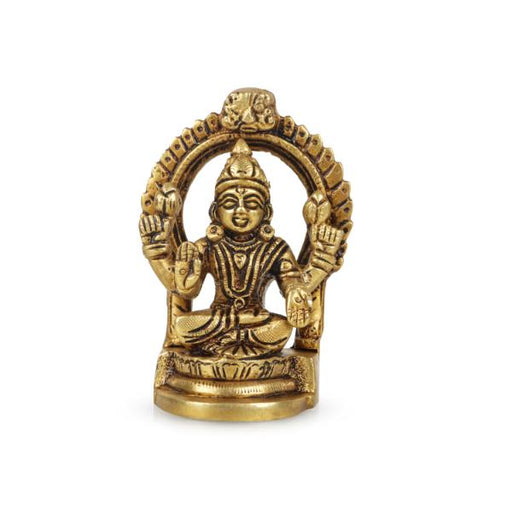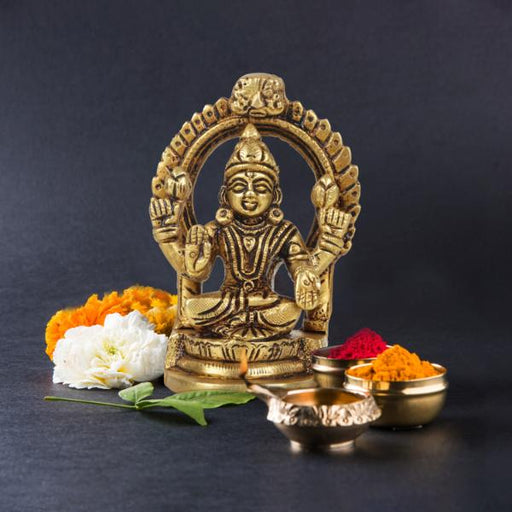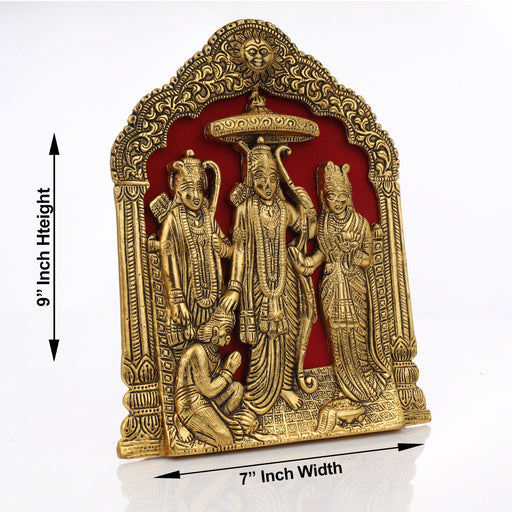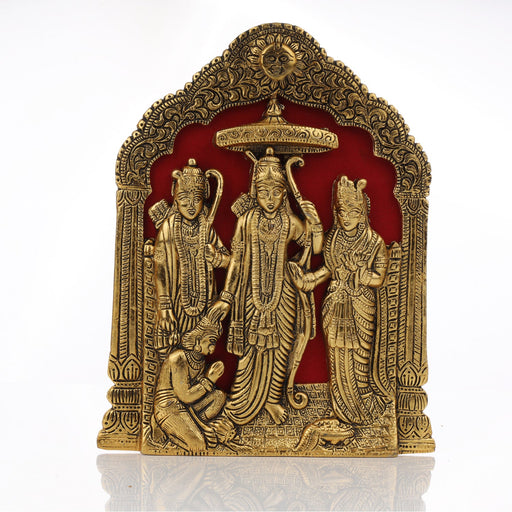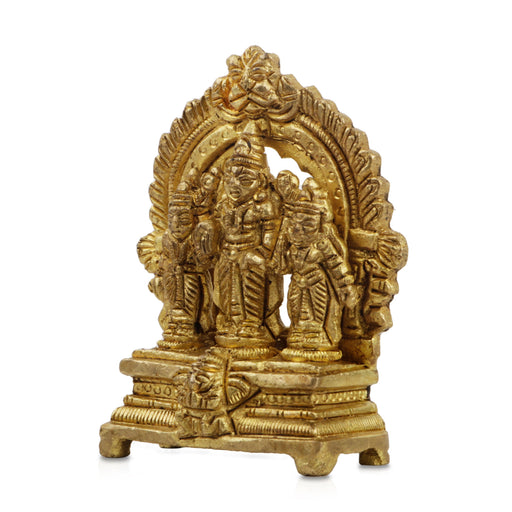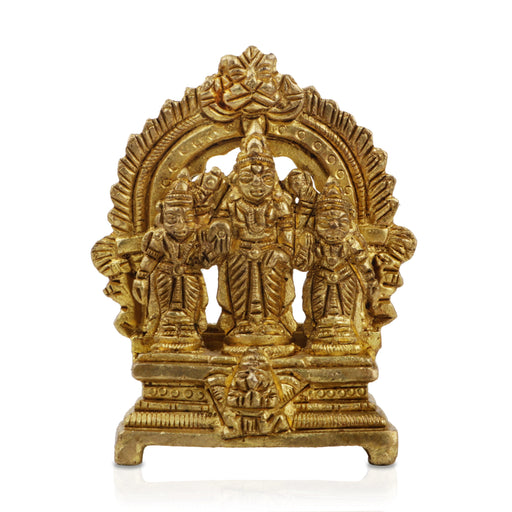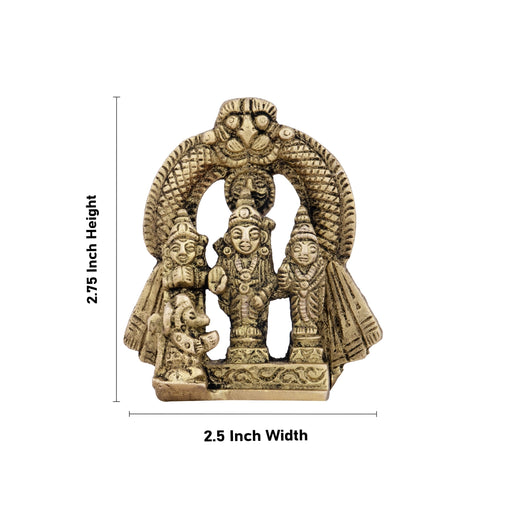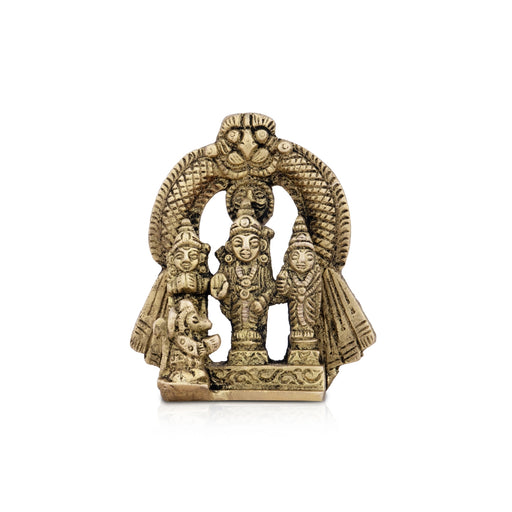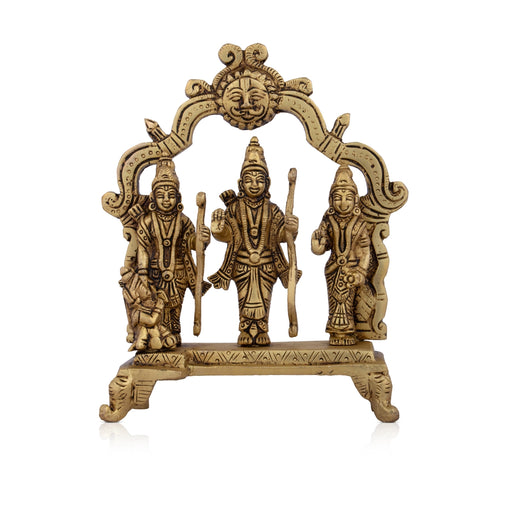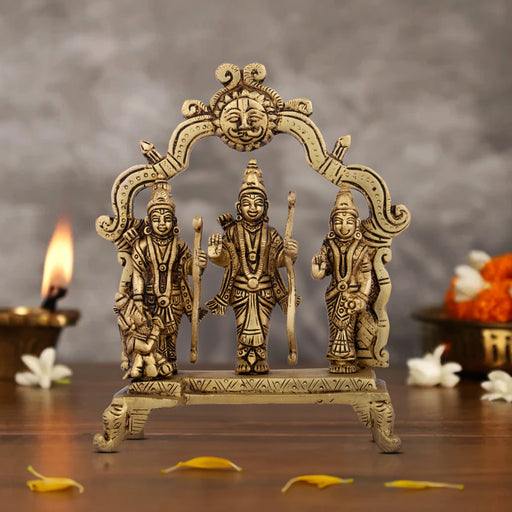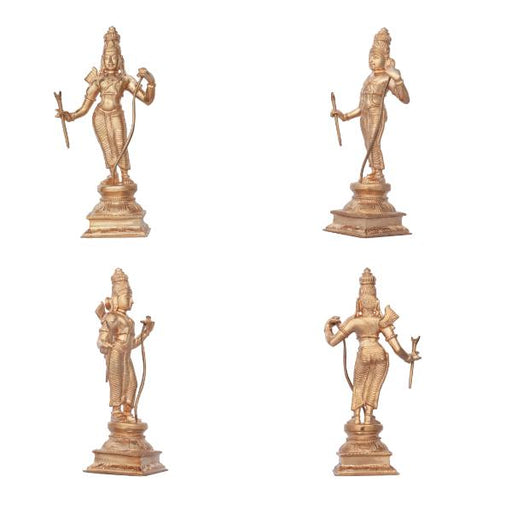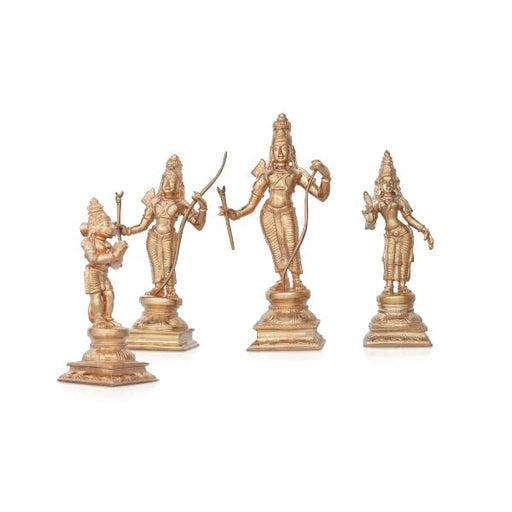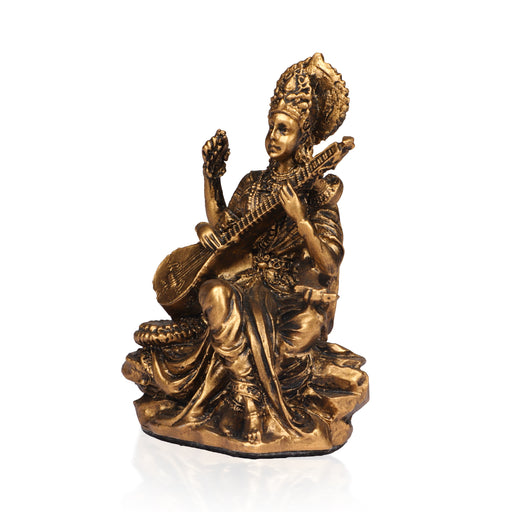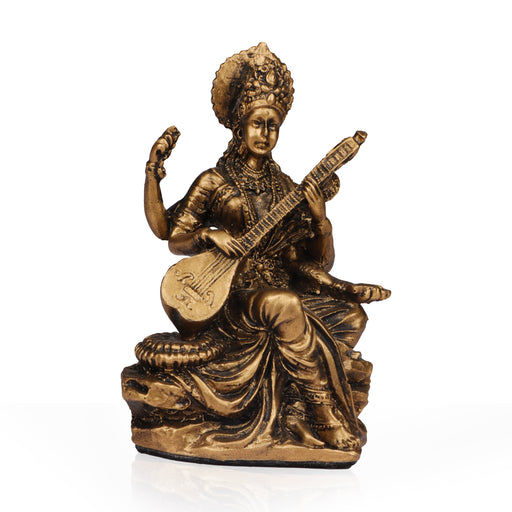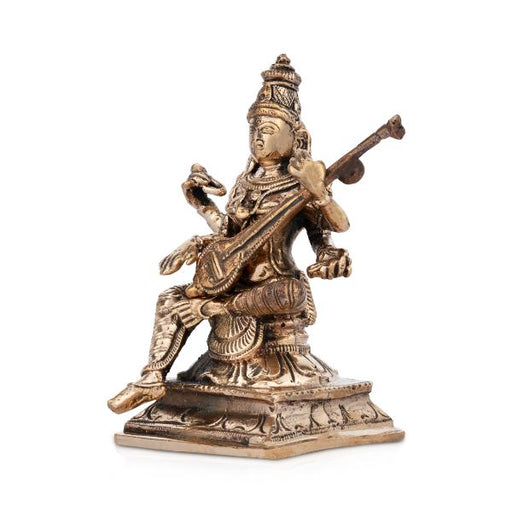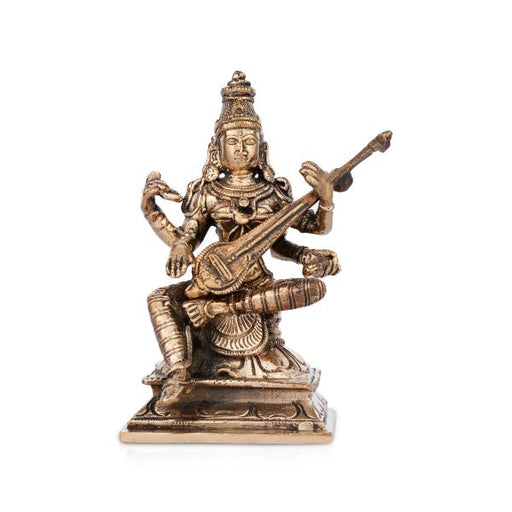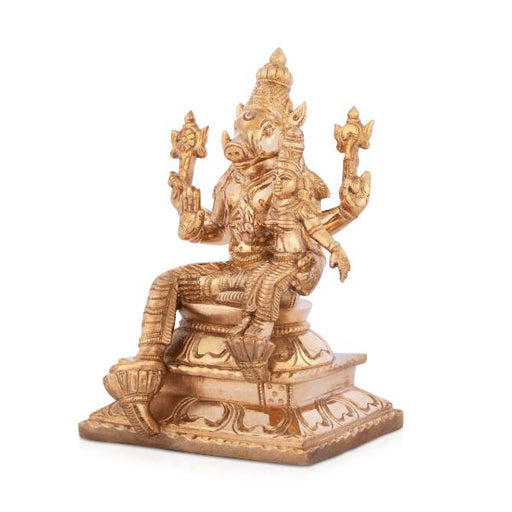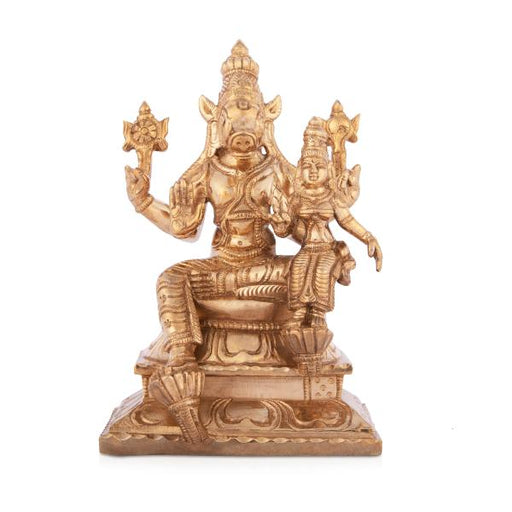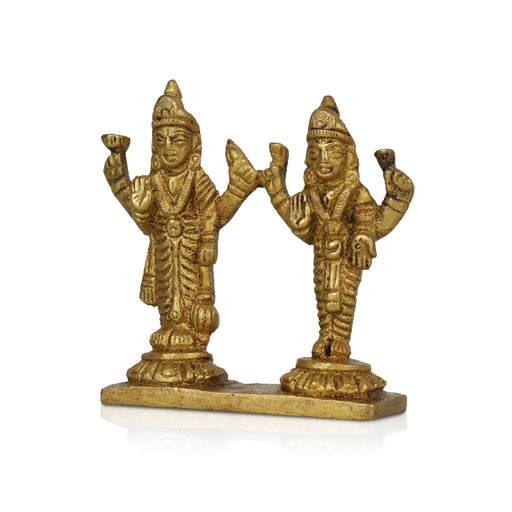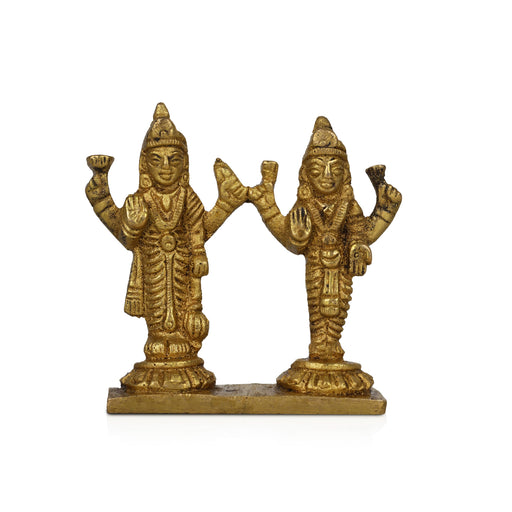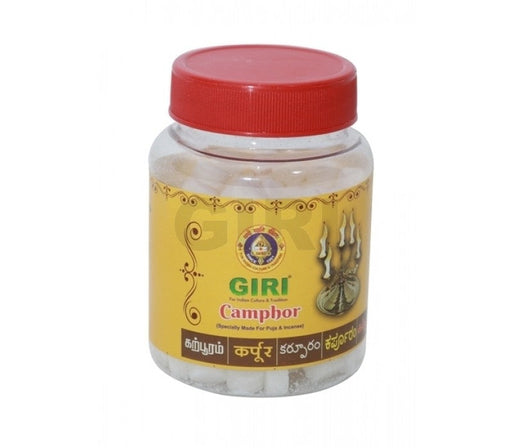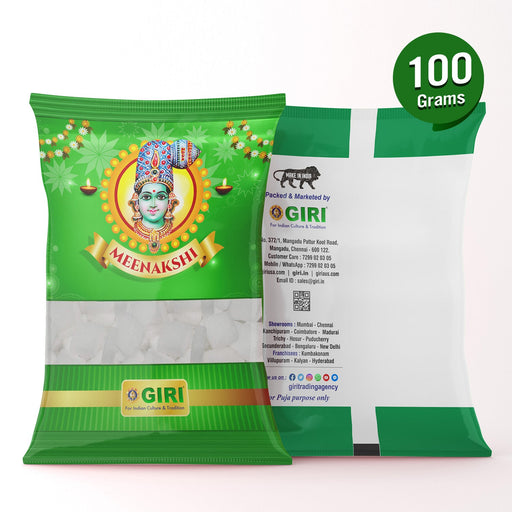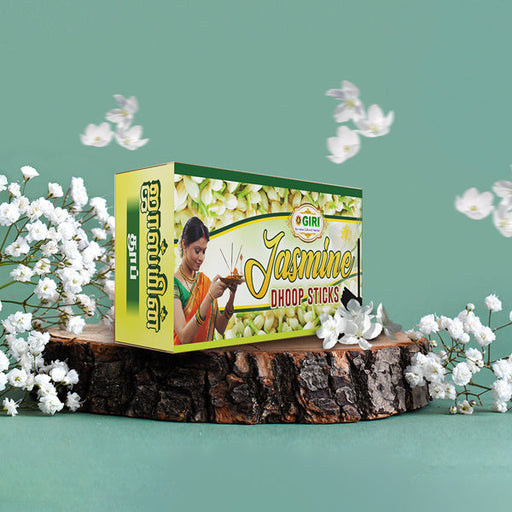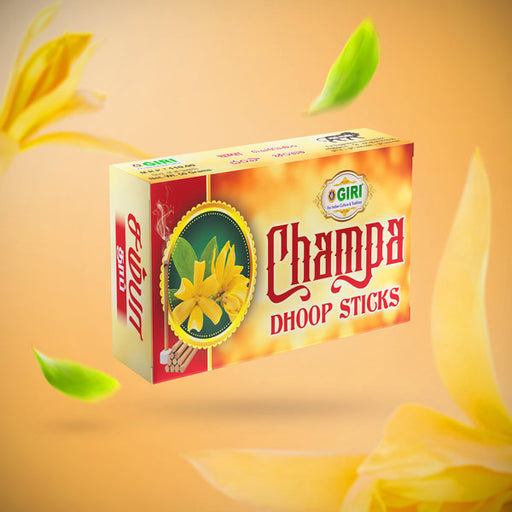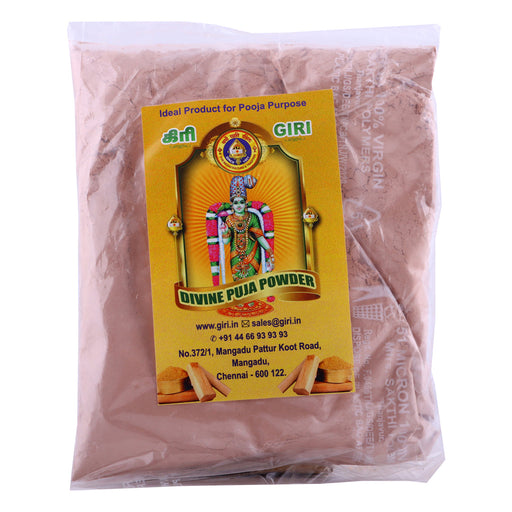
Vasant Navratri
Vasant Navratri 2024 - Date, History, Celebrations in India
Story Of Vasant Navratri
Navratri, a nine-night celebration in India, is a lavish celebration observed in all states. There are four forms, with the most famous being Sharada, or Shardiya Navratri, celebrated after the monsoon in honour of Durga Maa, the Divine Feminine Goddess.
After King Dhruvasindu's death, his second wife Lilavati and son Sudarsana engaged in a succession battle. The fathers of Dhruvasindu's wives, King Yudhajit and King Virasena, went to war. After Virasena's death, his daughter Manorama fled to Rishi Bharadwaj with Sudarsana. Yudhajit crowned his grandson king, and Sudarsana learned the mantra "Kleem" to access divine weapons. The marriage was ruined by Yudhajit's attempt, leading to the birth of Vasant Navarathri.
Mythology tells that there are several stories surrounding the origin of Navratri.
Mahishashur, the King of Demons, declared war on the heavenly gods, leading to the birth of "Shakti," the mother of power. Goddess Durga emerged and killed Mahishasur after nine nights of intense combat, marking the tenth day of victory, Vijaya Dashami.
Celebration of Vasant Navratri Festivals
Chaitra Navratri, a nine-day Hindu festival, begins on April 9, 2024, and is celebrated across India. It honours Goddess Durga and her divine manifestations daily, culminating with Ram Navami, the birth of Lord Rama, also known as Rama Navaratri.
Navratri, a popular holiday in India, celebrates the Hindu goddess Durga and her nine avatars, including Shailputri, Brahmacharini, Chandraghanta, Kushmanda, Skandmata, Katyayani, Kaalratri, Maha Gauri, and Siddhidatri, with numerous religious events across the nation. It will be celebrated for nine days, ending on April 17 with Ram Navami celebrations.
Vasant Navratri 2024 Schedule
|
9 April 2024 (Day 1) |
Maa Shailputri |
|
10 April 2024 (Day 2) |
Maa Brahmacharini |
|
11 April 2024 (Day 3) |
Maa Chandraghanta |
|
12 April 2024 (Day 4) |
Maa Kushmanda |
|
13 April 2024 (Day 5) |
Maa Skandmata |
|
14 April 2024 (Day 6) |
Maa Katyayani |
|
15 April 2024 (Day 7) |
Maa Kaalratri |
|
16 April 2024 (Day 8) |
Maha Gauri |
|
17 April 2024 (Day 9) |
Siddhidatri |
Items used during Navratri Festivals
These are nine essentials for Navratri from all around India:
Kalash
Ghatasthapana, also known as Kalash Sthapna, marks the start of Navratri. Here, a vessel, usually made of clay or copper, is placed. The container is wrapped in mango leaves and an inverted coconut, and it holds water, rice grains, and a penny. It represents welcoming the goddess Durga, who is revered during Navratri, into one's home. The northeast corner of the home is the best location for it.
Diya
Akhand Jyoti, a solitary lamp, shines nonstop for nine days during Navratri. It is kept at the altar, protected from the wind, and needs to be regularly refilled with ghee or oil. Akhand Jyoti is a sign for getting rid of bad energy in the home. For this ceremony, lamps made of gold, silver, or brass work well.
Conch
The conch blowing at the start of Navratri festivities is said to drive away evil and bring good vibes. When in the hands of Goddess Durga, it represents devotion, wealth, and piety. When the conch is blown during the puja, it emits cosmic energy and is placed on clean red cloth or silver pots.
Khetri
Barley seeds are sown in a separate pot or around the Kalasha on the first day of Navratri. Nine different kinds of cereal seeds, representing emotions and tastes, were sown by some. By the end of Navaratri, they emerge, symbolising life and vitality, having been nurtured with trust. After being offered as Prasad, these sprouts are submerged in water on the tenth day.
Thalli
During Navratri, prayers and food are offered to Goddess Durga on Copper Thali. Copper enhances the Sattva component, awakening the Five vital energies. Breaking the fast with food from this thali transfers purity into the body swiftly.
Fasting
During Navratri, fasting holds spiritual and scientific significance. Devotees practise self-discipline and approach Goddess Durga through abstinence. Scientifically, fasting aids detoxification and regulates the digestive system with satvik food consumption.
Garba
Garba is a type of dance that honours Goddess Durga's divinity and strength. The dance was traditionally conducted around a large Garba Deep, which represented life in the womb of the mother. The dancing style also symbolises the life cycle, which revolves around life, death, and rebirth with Goddess Durga remaining constant, unchanging, and unbeatable.
Kanya puja
Navratri ends with Kanya Puja in north India. It is believed that young girls are a form of Goddess Durga. Hence on the 8 or 9th Day of Navratri, small girls are worshipped. The girls are the most auspicious, jagrat and divine souls. Navratri is considered incomplete without Kanya Puja
Sarees
Goddess Durga is offered a saree and a portion of a blouse during Navratri. Offering a saree to the goddess is a way for followers to pray to her for blessings and spiritual development. This Panchopachara puja is associated with the goddess' unidentified form. This ritual brings the attributeless form of the Goddess into manifestation. Online retailers sell Maheshwari and Kasavu sarees.
Vasant Navaratri Nine Nights of the Goddess
Maa Shailputri
After her self-immolation, Goddess Parvati took birth as Lord Himalaya's daughter. In this form, she was Maa Shailputri. In Sanskrit, Shail means mountain. Hence, Shailputri means the daughter of the mountain. Goddess Shailputri is worshipped on the first day of Navratri.
Maa Brahmacharini
Maa Parvati took birth at the home of Daksha Prajapati after her Kushamnada form. Goddess Parvati was a great Sati in this avatar, and her unmarried form was worshipped as Goddess Brahmacharini. The Goddess governs Lord Mangal, the provider of all fortunes. She did great penance to attain Lord Shiva as her husband. During her penance, she spent 1,000 years on a diet of flowers and fruits and another 100 years on leafy vegetables while sleeping on the floor.
Maa Chandraghanta
Goddess Chandraghanta is the married avatar of Maa Parvati. After marrying Lord Shiva, the Goddess adorned her forehead with a half or crescent moon and was known as Maa Chandraghanta. She governs Shukra and is worshipped on the third day of Navratri.
Maa Kushmanda
Goddess Parvati started living inside the Sun's centre after taking the Siddidatri form so the Sun could release energy to the universe. Maa Kushmanda has the power and capability to live inside the Sun, and the glow and radiance of her body are as luminous as that of the Sun. The Goddess has eight hands and is known as Ashtabhuja Devi.
Maa Skandamata
When Goddess Parvati became Lord Skanda/Lord Kartikeya's mother, she was known as Maa Skandamata. Devotees who worship this form of Goddess Parvati also get the blessings of Lord Kartikeya. Goddess Skandamata mounts the ferocious lion and carries baby Murugan in her lap. She also sits on the Lotus flower and is known as Goddess Padmasana.
Maa Katyayani
To destroy the demon Mahishasura, Goddess Parvati took the form of Goddess Katyayani. It was the most violent form of Goddess Parvati, also known as Warrior Goddess. Maa Katyayani is worshipped on the sixth day of Navratri. According to Drik Panchang, Goddess Parvati was born at the home of sage Katya and due to this, this form of Goddess Parvati is known as Katyayani.
Maa Kalaratri
When Goddess Parvati removed her golden skin to kill the demons Shumbha and Nishumbha, she was known as Goddess Kalaratri. She is known as the fiercest form of Goddess Parvati. Maa Kalaratri's complexion is dark, and she rides on a donkey. She is depicted with four hands - her right hands are in Abhaya and Varada Mudra, and her left hands carry a sword and the deadly iron hook.
Maa Mahagauri
At the age of sixteen, Goddess Shailputri was extremely beautiful and blessed with a fair complexion. Due to this, she was known as Goddess Mahagauri. She governs the planet, Rahu. Due to her fair skin tone, Goddess Mahagauri is compared with the conch, the moon and the white flower of Kunda. She is also known as Shwetambardhara, as she only wears white clothes.
Maa Siddhidatri
According to Hindu scriptures, Lord Rudra prayed to the formless Adi-Parashakti - the supreme Goddess of Power - at the universe's beginning for creation. She appeared in the form of Maa Siddhidatri from the left half of Lord Shiva, after which Lord Shiva got the name Ardha-Narishwar. She is the Goddess who possesses and bestows all types of Siddhis to her devotees.
Vasanta Navaratri Special Collection
-
Durga Murti - 15 Inches | Durga Idol/ Aluminium Material/ Durga Statue for Pooja/ 3.085 Kgs Approx
Original price Rs. 3,450.00 - Original price Rs. 3,450.00Original priceRs. 3,450.00Rs. 3,450.00 - Rs. 3,450.00Current price Rs. 3,450.00• Embrace the divine energy and symbolism with this exquisite Aluminium Durga statue. • Durga, the fierce and powerful goddess, is revered in Hin...
View full detailsOriginal price Rs. 3,450.00 - Original price Rs. 3,450.00Original priceRs. 3,450.00Rs. 3,450.00 - Rs. 3,450.00Current price Rs. 3,450.00 -
Durga Murti - 4 Inches | Brass Idol/ Antique Durga Maa Murti/ Durga Idol for Pooja/ 300 Gms Approx
Original price Rs. 1,300.00 - Original price Rs. 1,300.00Original priceRs. 1,300.00Rs. 1,300.00 - Rs. 1,300.00Current price Rs. 1,300.00• Embrace the divine energy and symbolism with this exquisite Brass Durga statue. • Durga, the fierce and powerful goddess, is revered in Hinduis...
View full detailsOriginal price Rs. 1,300.00 - Original price Rs. 1,300.00Original priceRs. 1,300.00Rs. 1,300.00 - Rs. 1,300.00Current price Rs. 1,300.00 -
Durga Murti - 7 Inches | Aluminium Statue/ Durga Face Idol/ Durga Maa Murti Wall Hanging for Pooja
Original price Rs. 240.00 - Original price Rs. 240.00Original priceRs. 240.00Rs. 240.00 - Rs. 240.00Current price Rs. 240.00• Enhance the spiritual energy of your home with the Aluminium Durga murti Face Wall Hanging. • This exquisitely crafted piece captures the divin...
View full detailsOriginal price Rs. 240.00 - Original price Rs. 240.00Original priceRs. 240.00Rs. 240.00 - Rs. 240.00Current price Rs. 240.00 -
Ganesh Lakshmi Idol - 3 x 2 Inches | Ganesh Lakshmi Murti/ Resin Ganesh Laxmi Statue for Home Decor
Original price Rs. 460.00 - Original price Rs. 460.00Original priceRs. 460.00Rs. 460.00 - Rs. 460.00Current price Rs. 460.00• "Invite divine blessings and prosperity into your space with our exquisite Resin Ganesha and Lakshmi Statue, a timeless symbol of wisdom and succ...
View full detailsOriginal price Rs. 460.00 - Original price Rs. 460.00Original priceRs. 460.00Rs. 460.00 - Rs. 460.00Current price Rs. 460.00 -
Lakshmi Ganesh Murti - 4.25 Inches | Antique Brass Statue/Lakshmi Ganesh Murti/ 520 Gms Approx
Original price Rs. 1,500.00 - Original price Rs. 1,500.00Original priceRs. 1,500.00Rs. 1,500.00 - Rs. 1,500.00Current price Rs. 1,500.00• "Invite divine blessings and prosperity into your space with our exquisite Brass Laxmi Ganesh murti, a timeless symbol of wisdom and success." ...
View full detailsOriginal price Rs. 1,500.00 - Original price Rs. 1,500.00Original priceRs. 1,500.00Rs. 1,500.00 - Rs. 1,500.00Current price Rs. 1,500.00 -
Lakshmi Narasimhar with Nagam - 5 Inches | Brass Statue/ Antique Finish Lakshmi Narasimha Statue for Pooja
Original price Rs. 2,300.00 - Original price Rs. 2,300.00Original priceRs. 2,300.00Rs. 2,300.00 - Rs. 2,300.00Current price Rs. 2,300.00• Embrace divine protection and prosperity with the Lakshmi Narasimhar Statue. • This intricately crafted masterpiece captures the powerful and b...
View full detailsOriginal price Rs. 2,300.00 - Original price Rs. 2,300.00Original priceRs. 2,300.00Rs. 2,300.00 - Rs. 2,300.00Current price Rs. 2,300.00 -
Laxmi Ganesh Murti - 4 Inches | Antique Brass Statue/ Lakshmi Ganesh Murti for Pooja/ 400 Gms Approx
Original price Rs. 1,060.00 - Original price Rs. 1,060.00Original priceRs. 1,060.00Rs. 1,060.00 - Rs. 1,060.00Current price Rs. 1,060.00• "Invite divine blessings and prosperity into your space with our exquisite Brass Ganesha and Lakshmi Statue, a timeless symbol of wisdom and succ...
View full detailsOriginal price Rs. 1,060.00 - Original price Rs. 1,060.00Original priceRs. 1,060.00Rs. 1,060.00 - Rs. 1,060.00Current price Rs. 1,060.00 -
Laxmi Kuber Statue | Resin Lakshmi Kuber Idol/ Laxmi Kuber Idol for Pooja
Original price Rs. 300.00 - Original price Rs. 325.00Original priceRs. 300.00 - Rs. 325.00Rs. 300.00 - Rs. 325.00Current price Rs. 300.00• This Lakshmi Kuber Green Resin Statue is a divine representation that combines the blessings of Goddess Lakshmi and Lord Kuber in a beautifully c...
View full detailsOriginal price Rs. 300.00 - Original price Rs. 325.00Original priceRs. 300.00 - Rs. 325.00Rs. 300.00 - Rs. 325.00Current price Rs. 300.00 -
Laxmi Murti - 4 Inches | Marble Dust Lakshmi Idol/ Lakshmi Statue for Home Decor
Original price Rs. 225.00 - Original price Rs. 225.00Original priceRs. 225.00Rs. 225.00 - Rs. 225.00Current price Rs. 225.00• The Lakshmi Statue is a captivating representation of Goddess Lakshmi, the Hindu deity of wealth, prosperity, and fortune. • Crafted from high-...
View full detailsOriginal price Rs. 225.00 - Original price Rs. 225.00Original priceRs. 225.00Rs. 225.00 - Rs. 225.00Current price Rs. 225.00 -
Laxmi Murti | Brass Idol/ Lakshmi Idol/ Lakshmi Murti/ Lakshmi Statue for Pooja
Original price Rs. 530.00 - Original price Rs. 1,250.00Original priceRs. 530.00 - Rs. 1,250.00Rs. 530.00 - Rs. 1,250.00Current price Rs. 530.00• This exquisite Brass antique finish Lakshmi murti is a stunning depiction of the Hindu goddess of wealth, prosperity, and fortune. • It is beli...
View full detailsOriginal price Rs. 530.00 - Original price Rs. 1,250.00Original priceRs. 530.00 - Rs. 1,250.00Rs. 530.00 - Rs. 1,250.00Current price Rs. 530.00 -
Laxmi Murti | Brass Idol/ Lakshmi Idol/ Lakshmi Murti/ Lakshmi Statue for Pooja
Original price Rs. 200.00 - Original price Rs. 6,000.00Original priceRs. 200.00 - Rs. 6,000.00Rs. 200.00 - Rs. 6,000.00Current price Rs. 200.00Original price Rs. 200.00 - Original price Rs. 6,000.00Original priceRs. 200.00 - Rs. 6,000.00Rs. 200.00 - Rs. 6,000.00Current price Rs. 200.00 -
Laxmi Murti with Arch - 6 Inches | Lakshmi Idol/ Panchaloha Statue/ Lakshmi Murti for Pooja/ 900 Gms Approx
Original price Rs. 6,000.00 - Original price Rs. 6,000.00Original priceRs. 6,000.00Rs. 6,000.00 - Rs. 6,000.00Current price Rs. 6,000.00• This Goddess Lakshmi statue is a divine and meticulously crafted representation of Goddess Lakshmi using Panchalogam, an alloy traditionally cons...
View full detailsOriginal price Rs. 6,000.00 - Original price Rs. 6,000.00Original priceRs. 6,000.00Rs. 6,000.00 - Rs. 6,000.00Current price Rs. 6,000.00 -
Laxmi Murti with Arch | Brass Idol/ Lakshmi Idol/ Lakshmi Murti/ Lakshmi Statue for Pooja
Original price Rs. 1,000.00 - Original price Rs. 1,000.00Original priceRs. 1,000.00Rs. 1,000.00 - Rs. 1,000.00Current price Rs. 1,000.00• The Antique Finish Lakshmi Statue is a captivating representation of Goddess Lakshmi, the Hindu deity of wealth, prosperity, and fortune. • Cra...
View full detailsOriginal price Rs. 1,000.00 - Original price Rs. 1,000.00Original priceRs. 1,000.00Rs. 1,000.00 - Rs. 1,000.00Current price Rs. 1,000.00 -
Ram Darbar Statue - 9 Inches | Aluminium Material/ Ram Darbar Wall Hanging for Home/ 480 Gms Approx
Original price Rs. 450.00 - Original price Rs. 450.00Original priceRs. 450.00Rs. 450.00 - Rs. 450.00Current price Rs. 450.00King Ram was a legendary king of Ayodhya, the heir of King Dasharatha, and the central figure in the Ramayana. The King has often been depicted in ...
View full detailsOriginal price Rs. 450.00 - Original price Rs. 450.00Original priceRs. 450.00Rs. 450.00 - Rs. 450.00Current price Rs. 450.00 -
Ram Darbar Murti - 3 Inches | Brass Idol/ Antique Finish Ram Darbar Statue for Pooja/ 160 Gms Approx
Original price Rs. 580.00 - Original price Rs. 580.00Original priceRs. 580.00Rs. 580.00 - Rs. 580.00Current price Rs. 580.00• Elevate Your Devotional Space with the Antique Finish Brass Perumal, Bhudevi, and Sridevi Statue - also referred to as 'Ram Darbar Murti'. • Thi...
View full detailsOriginal price Rs. 580.00 - Original price Rs. 580.00Original priceRs. 580.00Rs. 580.00 - Rs. 580.00Current price Rs. 580.00 -
Ram Darbar Statue with Arch - 2.75 x 2.5 Inches | Antique Brass Statue/ Ram Darbar Murti for Pooja
Original price Rs. 280.00 - Original price Rs. 280.00Original priceRs. 280.00Rs. 280.00 - Rs. 280.00Current price Rs. 280.00King Ram was a legendary king of Ayodhya, the heir of King Dasharatha, and the central figure in the Ramayana. The King has often been depicted in ...
View full detailsOriginal price Rs. 280.00 - Original price Rs. 280.00Original priceRs. 280.00Rs. 280.00 - Rs. 280.00Current price Rs. 280.00 -
Ram Darbar Statue with Arch - 7 x 5.5 Inches | Brass Statue/ Ram Darbar Murti for Pooja/ 1.092 Kgs Approx
Original price Rs. 2,600.00 - Original price Rs. 2,600.00Original priceRs. 2,600.00Rs. 2,600.00 - Rs. 2,600.00Current price Rs. 2,600.00King Ram was a legendary king of Ayodhya, the heir of King Dasharatha, and the central figure in the Ramayana. The King has often been depicted in ...
View full detailsOriginal price Rs. 2,600.00 - Original price Rs. 2,600.00Original priceRs. 2,600.00Rs. 2,600.00 - Rs. 2,600.00Current price Rs. 2,600.00Sold out -
Ram Darbar Murti - 6 Inches | Panchaloha Statue/ Ram Darbar Idol for Pooja/ 1.350 Kgs Approx
Original price Rs. 21,000.00 - Original price Rs. 21,000.00Original priceRs. 21,000.00Rs. 21,000.00 - Rs. 21,000.00Current price Rs. 21,000.00• Elevate your home or sacred space with the timeless elegance and spiritual significance of this intricately designed masterpiece. • Our exquisit...
View full detailsOriginal price Rs. 21,000.00 - Original price Rs. 21,000.00Original priceRs. 21,000.00Rs. 21,000.00 - Rs. 21,000.00Current price Rs. 21,000.00 -
Saraswati Murti - 3 Inches | Resin Saraswati Idol/ Saraswati Mata Murti for Pooja
Original price Rs. 550.00 - Original price Rs. 550.00Original priceRs. 550.00Rs. 550.00 - Rs. 550.00Current price Rs. 550.00• Behold the timeless beauty of this Resin Saraswathi idol! • This Resin Saraswati murti is a stunning depiction of the Hindu Goddess of knowledge...
View full detailsOriginal price Rs. 550.00 - Original price Rs. 550.00Original priceRs. 550.00Rs. 550.00 - Rs. 550.00Current price Rs. 550.00 -
Saraswati Murti - 5 Inches | Panchaloha Statue/ Saraswati Idol for Pooja/ 550 Gms Approx
Original price Rs. 7,500.00 - Original price Rs. 7,500.00Original priceRs. 7,500.00Rs. 7,500.00 - Rs. 7,500.00Current price Rs. 7,500.00• Embrace the divine blessings of Goddess Saraswati, the embodiment of knowledge, arts, and wisdom, with our Panchaloha Veena Saraswati Statue. • ...
View full detailsOriginal price Rs. 7,500.00 - Original price Rs. 7,500.00Original priceRs. 7,500.00Rs. 7,500.00 - Rs. 7,500.00Current price Rs. 7,500.00 -
Varaha Lakshmi - 5 Inches | Panchaloha Idol/ Lakshmi Varaha Swamy/ Lakshmi Varahar for Pooja/ 700 Gms Approx
Original price Rs. 11,000.00 - Original price Rs. 11,000.00Original priceRs. 11,000.00Rs. 11,000.00 - Rs. 11,000.00Current price Rs. 11,000.00• Invite the divine energies of prosperity and protection into your home with the Panchalogam Lakshmi Varaha Statue. • This Panchalogam Varaha La...
View full detailsOriginal price Rs. 11,000.00 - Original price Rs. 11,000.00Original priceRs. 11,000.00Rs. 11,000.00 - Rs. 11,000.00Current price Rs. 11,000.00 -
Vishnu Lakshmi Idol - 2.5 Inches | Brass Statue/ Antique Finish Vishnu Laxmi Statue for Pooja/ 150 Gms Approx
Original price Rs. 350.00 - Original price Rs. 350.00Original priceRs. 350.00Rs. 350.00 - Rs. 350.00Current price Rs. 350.00Lord Vishnu and Goddess Lakshmi are two of the most revered and powerful deities in Hinduism. Vishnu, the Protector, is revered as the keeper and g...
View full detailsOriginal price Rs. 350.00 - Original price Rs. 350.00Original priceRs. 350.00Rs. 350.00 - Rs. 350.00Current price Rs. 350.00 -
Giri Camphor | Kapur/ Karpooram/ Kapoor for Pooja
Original price Rs. 50.00 - Original price Rs. 190.00Original priceRs. 50.00 - Rs. 190.00Rs. 50.00 - Rs. 190.00Current price Rs. 50.00• Looking for the perfect addition to your puja ritual? Look no further than our premium-quality Giri camphor (karpuram) ! • Our camphor (kapoor) ...
View full detailsOriginal price Rs. 50.00 - Original price Rs. 190.00Original priceRs. 50.00 - Rs. 190.00Rs. 50.00 - Rs. 190.00Current price Rs. 50.00 -
Giri Champa Dhoop Sticks | Sambrani Incense/ Dhoop Batti/ Dhup Agarbatti for Pooja
Original price Rs. 110.00 - Original price Rs. 110.00Original priceRs. 110.00Rs. 110.00 - Rs. 110.00Current price Rs. 110.00• Champa Dhoop Sticks are a delightful and aromatic option for your spiritual and meditative practices. • These dhoop batti are carefully crafted ...
View full detailsOriginal price Rs. 110.00 - Original price Rs. 110.00Original priceRs. 110.00Rs. 110.00 - Rs. 110.00Current price Rs. 110.00 -
Giri Divine Pooja Powder| Chandan Tika/ Sandal Powder for Abhishekam
Original price Rs. 35.00 - Original price Rs. 500.00Original priceRs. 35.00 - Rs. 500.00Rs. 35.00 - Rs. 500.00Current price Rs. 35.00• Enrich your pooja rituals with the divine fragrance of sandalwood using Giri Pooja Chandan Powder. • This meticulously crafted powder is design...
View full detailsOriginal price Rs. 35.00 - Original price Rs. 500.00Original priceRs. 35.00 - Rs. 500.00Rs. 35.00 - Rs. 500.00Current price Rs. 35.00

